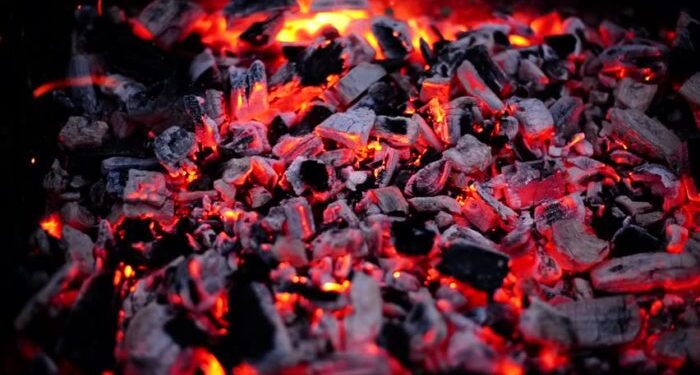The possibility of a ban on Australian thermal coal to China got attention on the thermal coal marker in early March, because in February, five north-eastern ports in China implemented changes to clearance procedures for Australian thermal coal, as reported by Rory Simington, Principal Analyst, Asia Pacific Thermal Coal Research.
Specifically, a sure thing is that Chinese demand for Australian thermal coal has been majorly affected. Although a complete ban is not implemented, a three-month customs clearance time will significantly increase the cost and increase the risk associated with Australian thermal cargoes.
The relocation of about 40Mt of Australian thermal coal now taking place to China into other markets would have a major impact on thermal coal trade flows.
In the possibility that China’s import demand remains at current levels, increased imports from other origins would be required.
[smlsubform prepend=”GET THE SAFETY4SEA IN YOUR INBOX!” showname=false emailtxt=”” emailholder=”Enter your email address” showsubmit=true submittxt=”Submit” jsthanks=false thankyou=”Thank you for subscribing to our mailing list”]
In addition, there are signs that demand for Indonesian coal has risen, with Indonesian 4200gar prices rising by over US$10/t from lows in January this year. Higher Russian coal imports could be similar, as well.
High coal demand from these origins would give many opportunities to Australian shippers to increase their sales to Asian markets.
Yet, 5500nar coal would require blending to a higher specification to be attractive in markets like Korea and Japan. This could limit the amount of coal that could be diverted to those markets.
In the meantime, imported high-ash 5500nar thermal coal in India is mostly consumed in the non-power sector, as cement, paper and sponge-iron industries that together represented 110Mt of import demand in 2018.
Power utilities import low energy Indonesian coal which is either consumed directly or blended with domestic coal. Power utilities collectively represented 57Mt of import demand in last year.
If Australian thermal coal had attractive pricing, import-based plants could potentially blend up to 10% of their requirements and plants currently consuming domestic coals could take 20% or more.
Given the scale of import demand, there’s a possibility that high-ash Australian thermal coal could flip into India replacing primarily Indonesian exports that would be re-directed to the Chinese market.






























































